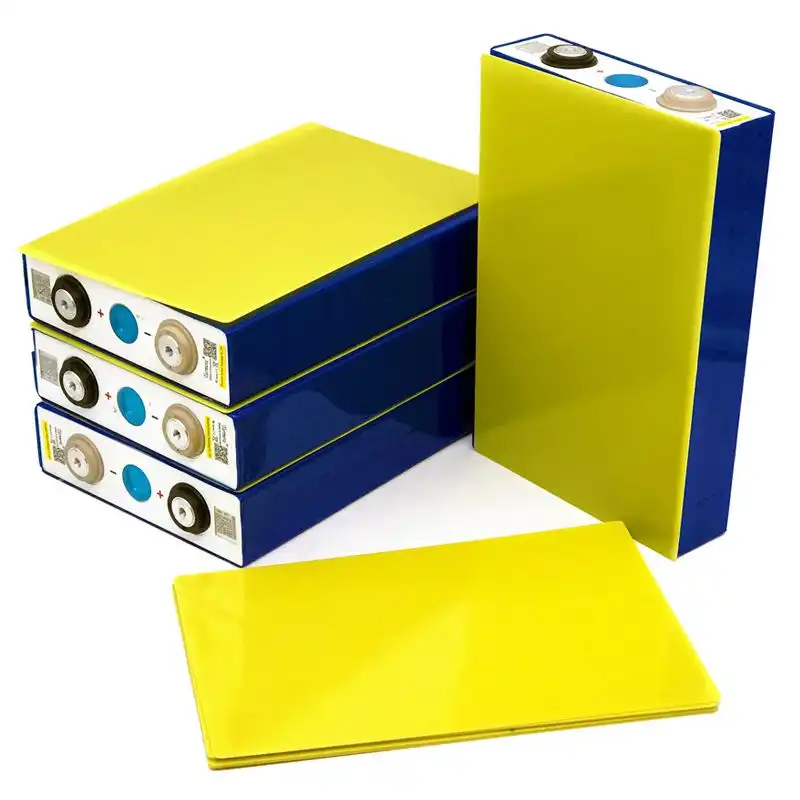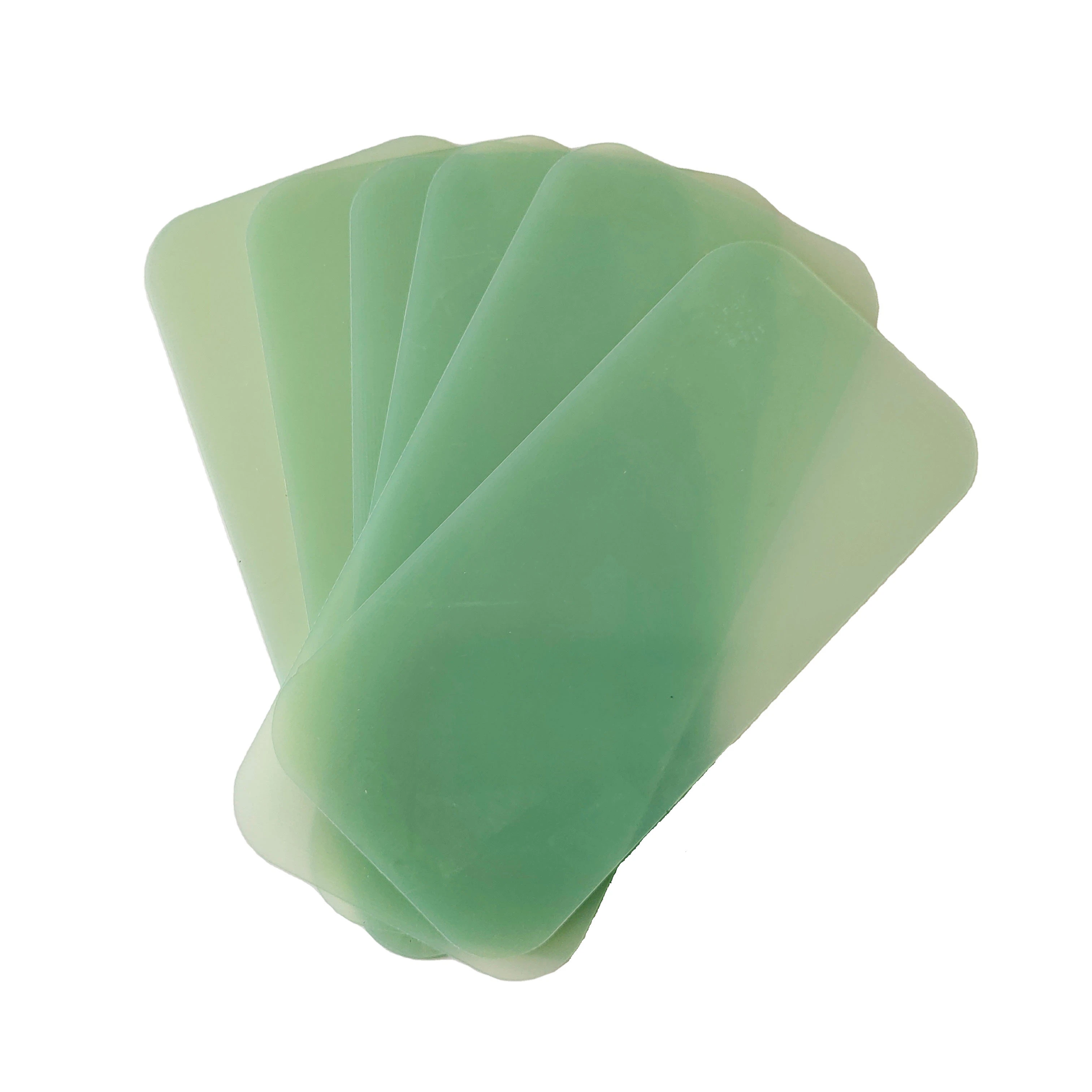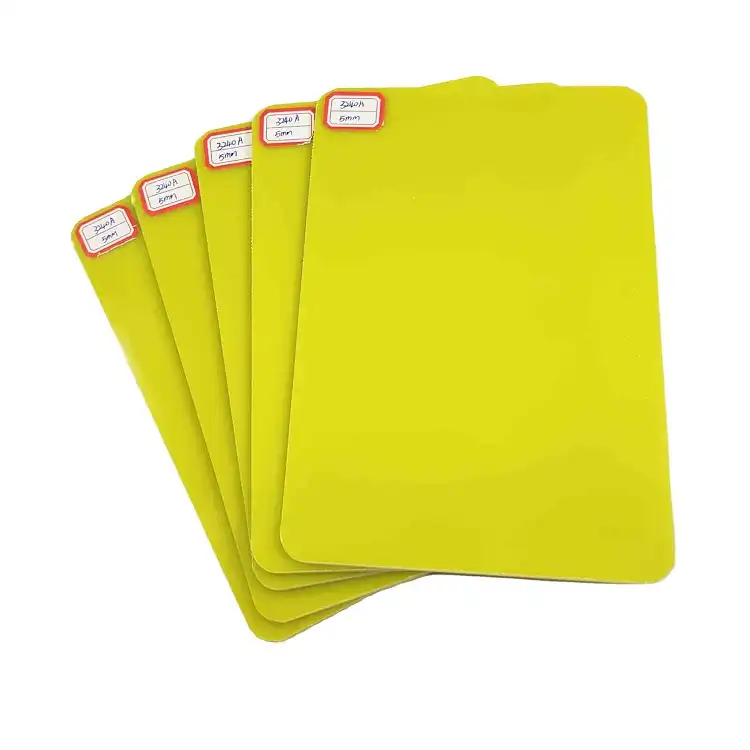Pcb Fr4: The Guide To Fr-4 For Your Printed Circuits
2024-11-18 17:28:23
Fr4 Fibreglass Sheet is a key component of printed circuit boards (PCBs), which form the basis of contemporary electronics. This thorough study explores the qualities, uses, and importance of FR-4 in PCB manufacture, delving into its complexities. This article will give you important information on FR-4 and its function in producing dependable, high-performance printed circuits, regardless of whether you're an electronics expert, PCB designer, or just interested in the materials that make up our gadgets.
Understanding FR-4: Composition and Properties
The Makeup of FR-4
FR-4, short for Flame Retardant 4, is a composite material consisting of woven fiberglass cloth impregnated with an epoxy resin binder. This unique combination results in a material that boasts excellent electrical insulation properties, mechanical strength, and flame resistance. The fiberglass provides structural integrity, while the epoxy resin offers superior adhesion and insulation characteristics.
Key Properties of FR-4
Fr4 Fibreglass Sheet exhibits a range of properties that make it ideal for PCB applications. Its low moisture absorption rate ensures stability in varying environmental conditions, while its high glass transition temperature (Tg) allows it to maintain its properties even at elevated temperatures. Additionally, FR-4's low dielectric constant and loss tangent contribute to its excellent electrical performance, making it suitable for high-frequency applications.
Grades and Variations
FR-4 comes in various grades and variations, each tailored to specific application requirements. Standard FR-4, high-Tg FR-4, and halogen-free FR-4 are among the common variants available. These different grades offer varying levels of thermal stability, electrical performance, and environmental compliance, allowing manufacturers to choose the most suitable option for their specific PCB designs.
FR-4 in PCB Manufacturing: Processes and Techniques
Lamination and Pressing
The production of FR-4 PCBs starts with the lamination of layers consisting of prepreg (fiberglass pre-impregnated with epoxy resin) and copper foil. These layers are carefully aligned and stacked, then pressed under high pressure and temperature in a laminating press. During this process, the epoxy resin softens and cures, bonding the layers together to form a strong, multilayered structure. This process ensures the creation of a durable and reliable PCB base, ready for the addition of electrical components and circuit pathways.
Drilling and Plating
After the laminated board is cooled and stabilized, precision drilling is used to create holes for vias and component mounting. These holes are then metalized through an electroless copper plating process, followed by electrolytic copper plating to enhance conductivity and create reliable electrical pathways. This dual plating process ensures strong electrical connections between the layers of the PCB, enabling seamless communication and signal transfer across the board’s components.
Etching and Finishing
The final stages of FR-4 PCB manufacturing include etching the copper layers to form the desired circuit patterns. After etching, surface finishes are applied to protect the copper and ensure reliable soldering. Common finishes such as Hot Air Solder Leveling (HASL), Electroless Nickel Immersion Gold (ENIG), and Organic Solderability Preservative (OSP) each offer distinct advantages. HASL provides good solderability, ENIG enhances corrosion resistance and shelf life, while OSP preserves the copper surface and is cost-effective for high-volume production.

Applications and Advantages of FR-4 in Electronics
Versatility Across Industries
FR-4’s versatility and reliability make it an essential material across many industries. It is used in a diverse array of electronic applications, including consumer electronics, automotive systems, telecommunications, aerospace, and medical devices. FR-4 PCBs provide a robust foundation for both simple and intricate circuit designs, offering excellent electrical performance while withstanding a range of environmental stresses such as temperature fluctuations, humidity, and vibration. This adaptability ensures that FR-4 remains a top choice for manufacturers looking for durability and long-lasting performance.
Cost-Effectiveness and Availability
One of the key advantages of Fr4 Fibreglass Sheet is its cost-effectiveness, driven by its widespread use in the electronics industry. As a result, manufacturing processes have been optimized, and a strong supply chain has been established. This not only leads to lower production costs but also ensures that FR-4 materials are readily available, making it an ideal choice for both large-scale production runs and rapid prototyping, without compromising on quality or performance.
Environmental Considerations
As environmental concerns become more pressing, the electronics industry is shifting towards more sustainable materials. In response, FR-4 manufacturers have introduced halogen-free and lead-free variants that meet stringent environmental standards like RoHS and REACH. These eco-friendly alternatives retain the excellent performance qualities of traditional FR-4 while minimizing the environmental impact of electronic products. By choosing these materials, manufacturers can meet both regulatory requirements and consumer demand for greener, more responsible production practices.
Conclusion
With a special blend of electrical, mechanical, and thermal qualities that make it perfect for a variety of electronic applications, Fr4 Fibreglass Sheet remains the foundation of PCB fabrication. For many years to come, FR-4 will continue to be an essential component in the electronics industry due to its adaptability, affordability, and continuous advancements in environmentally friendly versions. FR-4 will probably change as technology develops, adjusting to new demands and difficulties in PCB production and design.
Contact Us
For more information about our Fr4 Fibreglass Sheet insulating sheets and how they can benefit your PCB projects, please don't hesitate to contact us. Our team of experts is ready to assist you in selecting the right materials for your specific needs. Reach out to us at info@jhd-material.com to discuss your requirements and explore our range of high-quality Fr4 Fibreglass Sheet products.
References
1. Smith, J. (2022). "Advanced Materials in PCB Manufacturing: A Comprehensive Review." Journal of Electronic Materials, 51(3), 1243-1258.
2. Johnson, A., & Brown, L. (2021). "FR-4 Laminates: Properties and Performance in High-Frequency Applications." IEEE Transactions on Components, Packaging and Manufacturing Technology, 11(7), 1089-1101.
3. Yamamoto, K., et al. (2023). "Environmental Impact Assessment of Halogen-Free FR-4 Alternatives in PCB Production." Sustainability in Electronics Manufacturing, 8(2), 205-220.
4. García-López, E., & Martínez-Sánchez, R. (2022). "Thermal Management Strategies for FR-4 Based PCBs in Automotive Applications." International Journal of Automotive Engineering, 13(4), 1567-1582.
5. Chen, H., & Liu, W. (2021). "Advancements in FR-4 Manufacturing Techniques for Improved Reliability in Aerospace Electronics." Aerospace Science and Technology, 117, 106961.
6. Thompson, D. R. (2023). "The Future of FR-4: Emerging Trends and Innovations in PCB Materials." Electronic Design, 71(5), 32-38.







